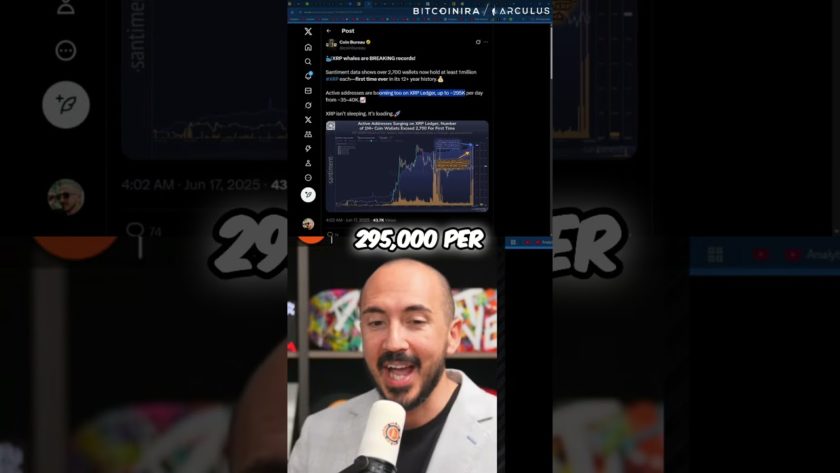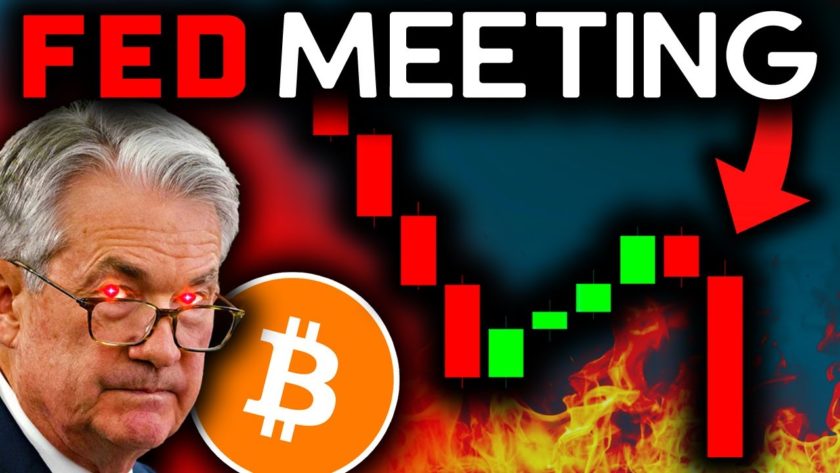Bitcoin dropped to one and a half-month lows Monday, alongside sharp losses in global equity markets and other growth-sensitive risk assets such as industrial metals, oil and commodity-dependent currencies.
The broad-based risk aversion may have just begun as futures tied to the S&P 500 Index have convincingly breached the long-held 50-day moving average support, or area of buying interest.
The futures are trading 1.8% lower at $4,341, below the former 50-day MA support-turned-resistance at $4,429.
The previous downside break through the average, seen on March 4, trapped sellers on the wrong side of the market. Since then, the widely tracked level has consistently reversed price pullbacks, serving as a point of entry for so-called dip buyers.
That means the latest downside break could be a harbinger of a deeper drop for bitcoin and other risk assets. And the pain may grow as macroeconomic risks are piling up.
“Bitcoin, falling nearly 10% today, is suffering from the broader market pessimism fueled by reports of a debt crisis at China’s Evergrande Group,” Hunain Naseer, senior analyst at OKEx Insights, said. “We’re also witnessing the negative sentiment permeate U.S. and European markets, and gold appears to be doing marginally well today along with the dollar index.”
Contrary to the widespread narrative that bitcoin is a safe haven similar to gold, the cryptocurrency behaves pretty much like a risk asset. “Almost every bitcoin correction in 2021 has correlated with an S&P500 correction of -2% or more,” Charles Edwards, founder of Capriole Investments, tweeted.
The S&P 500 has pulled back more than 4% from its recent high of $4,540. Analysts at investment banking giant Morgan Stanley foresee an even deeper correction. “The typical mid-cycle ‘fire’ outcome would lead to a modest and healthy 10% correction in the S&P 500. However, the ‘ice’ scenario is starting to look more likely, and could result in a more destructive outcome – i.e. a 20%+ correction,” Morgan Stanley’s research team said in the U.S. Equity Strategy note published Monday.
The market may bounce back, restoring the risk appetite, if the Federal Reserve pushes plans to scale back its stimulus out to 2022.
Several Fed officials have recently said they would like to begin tapering the stimulus before the end of this year. Some observers are worried Wednesday’s statement from the Fed’s Open Markets Committee may announce that the Fed will begin to taper its stimulus in October or November.
“The 22 September FOMC will likely signal a tapering decision at the next meeting, providing few details. The [interest rate] dots will likely signal one 2022 hike, and two added hikes in both 2023 and 2024. The risk skew is for more rather than less hikes; the added hawkish lean in not fully priced, in our view,” Morgan Stanley’s analysts noted, according to efxnews.com.
The dot plot is a graphical representation of each Fed official’s forecast for the central bank’s key short-term interest rate, which currently sits at a record low of 0-0.25%.




